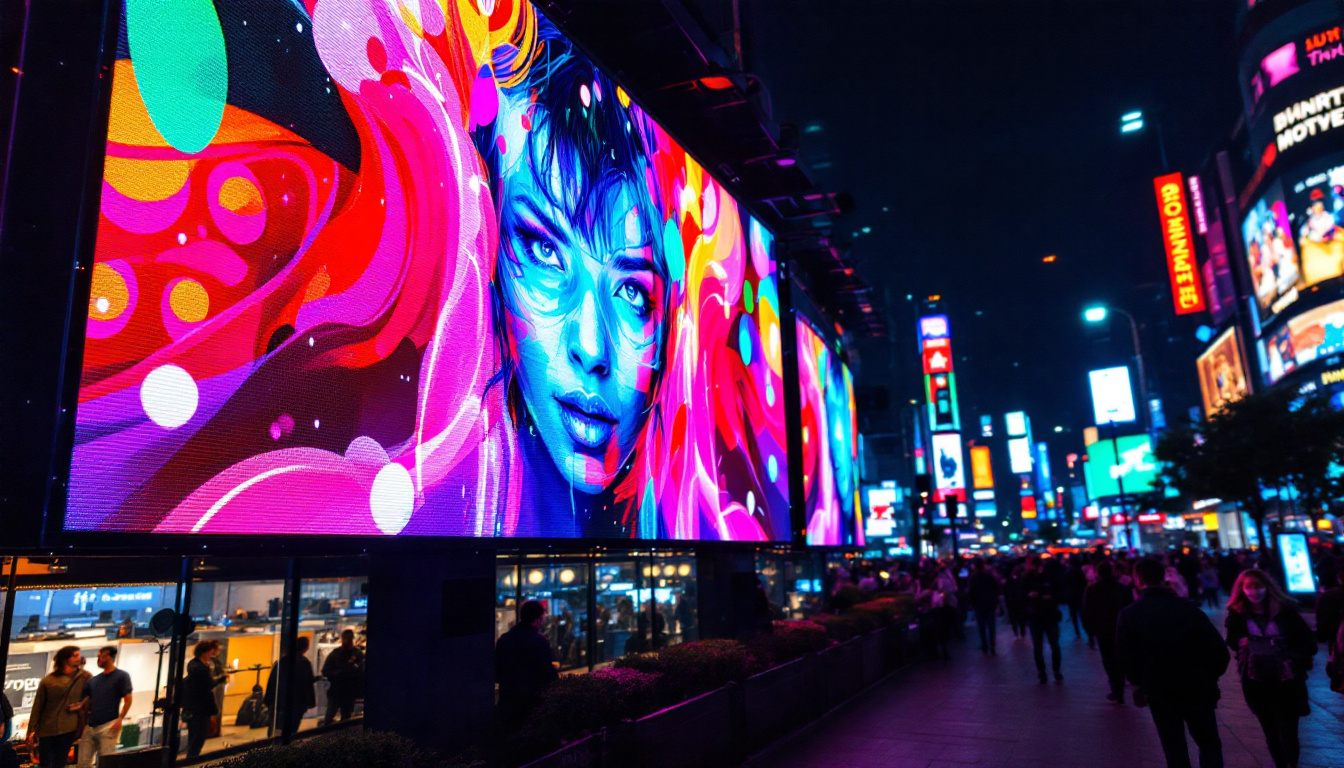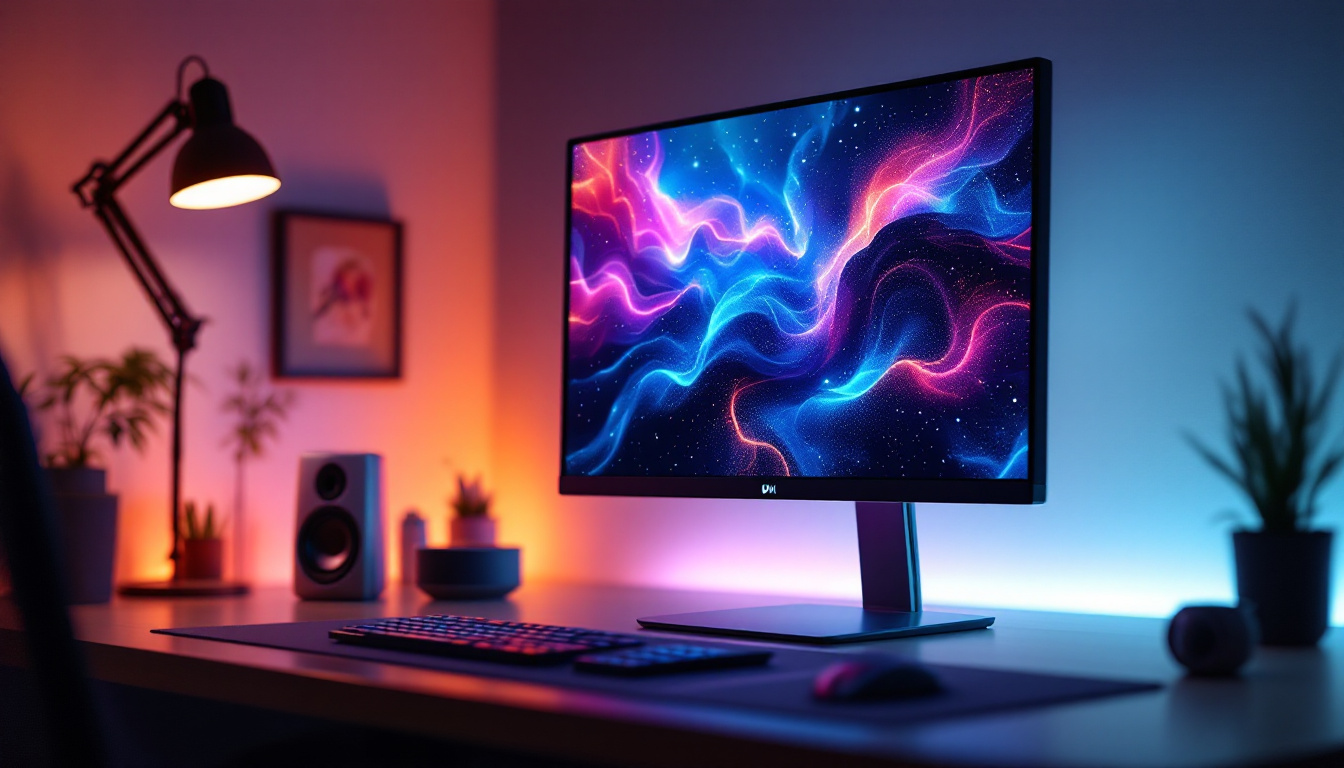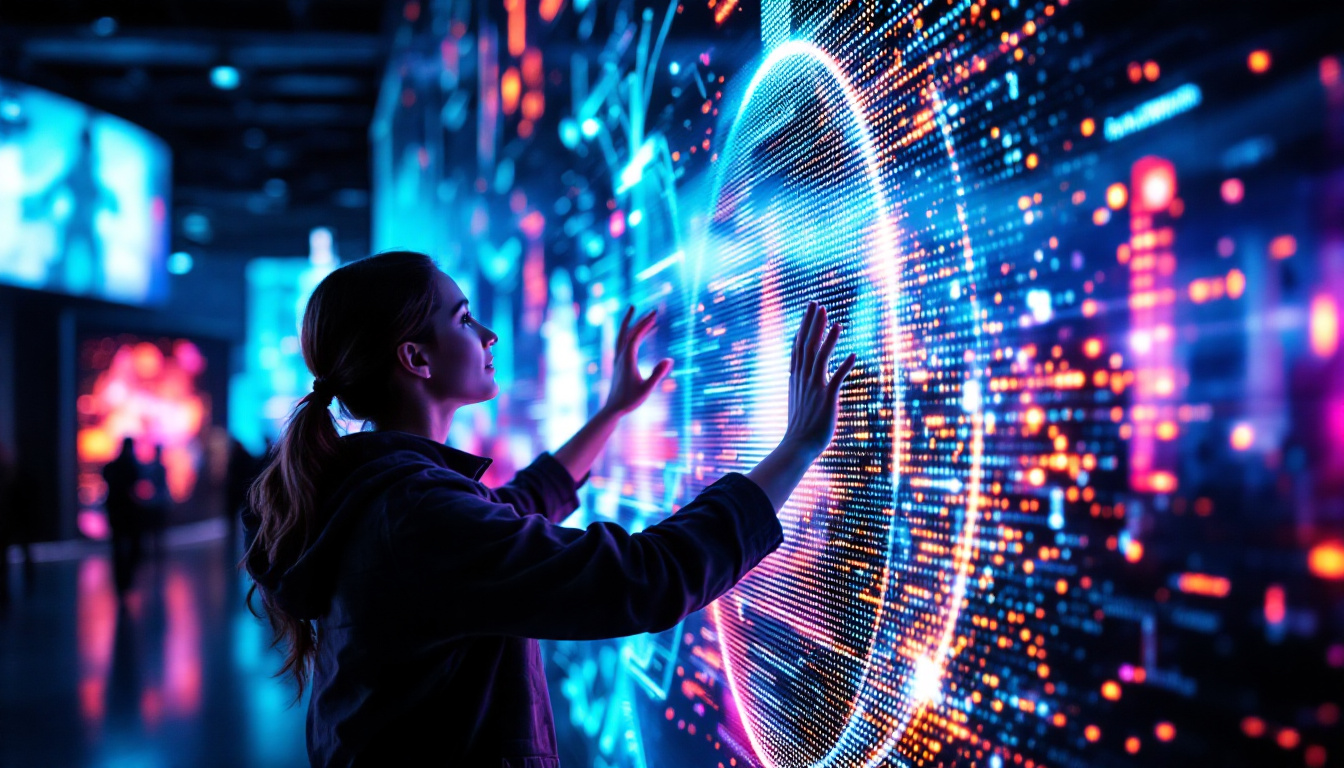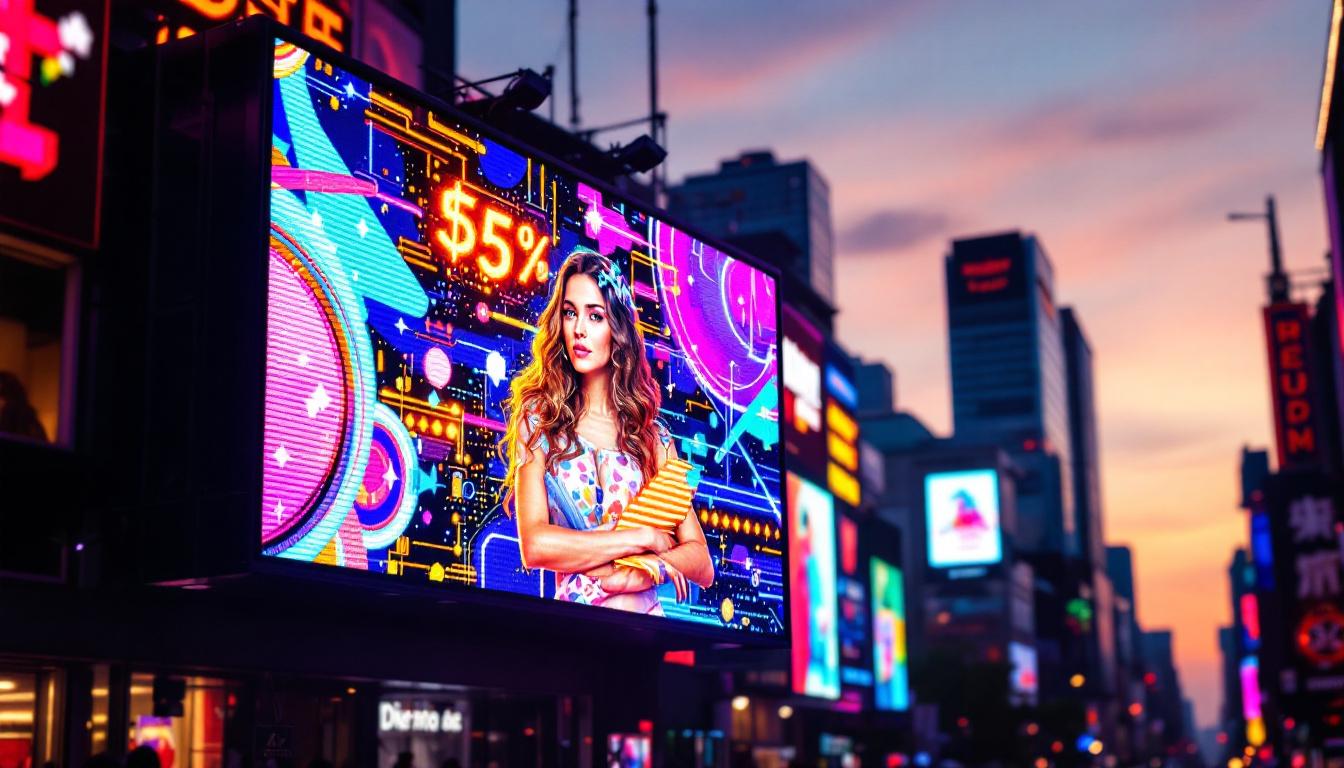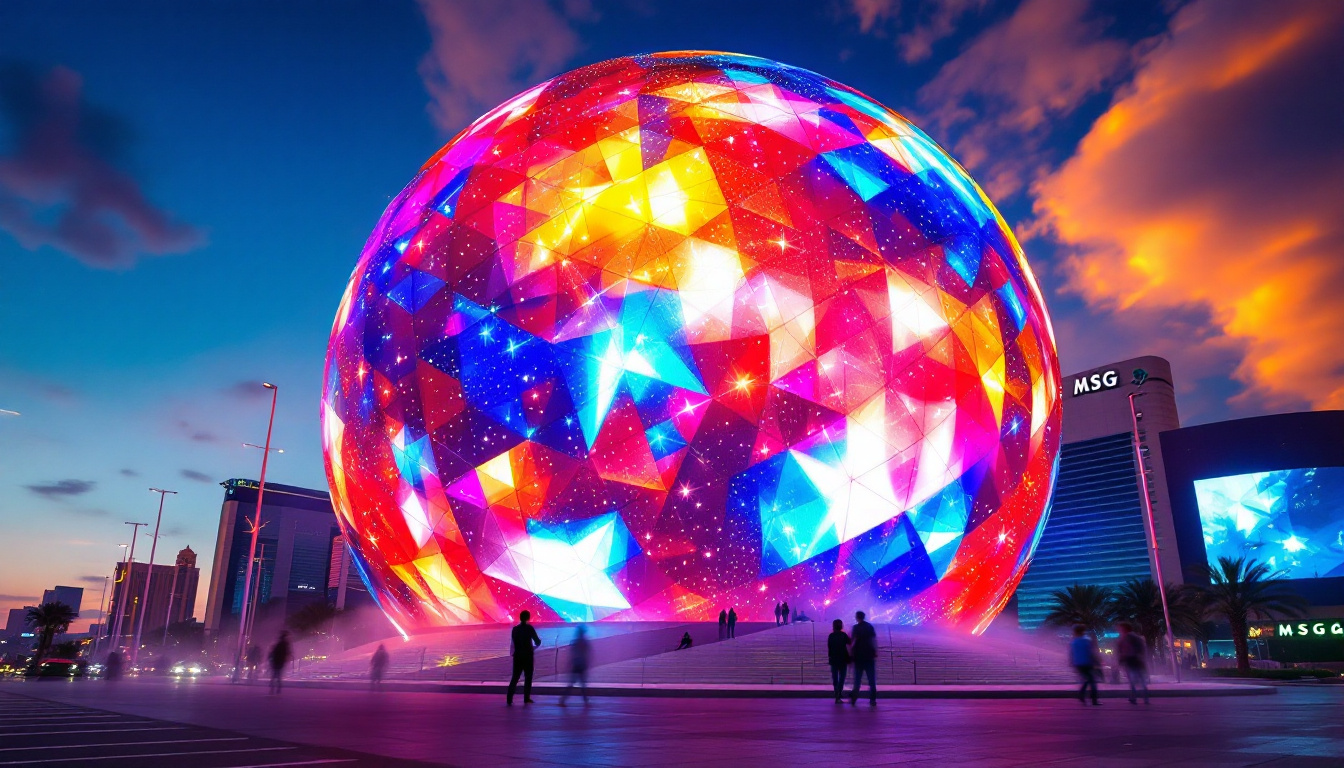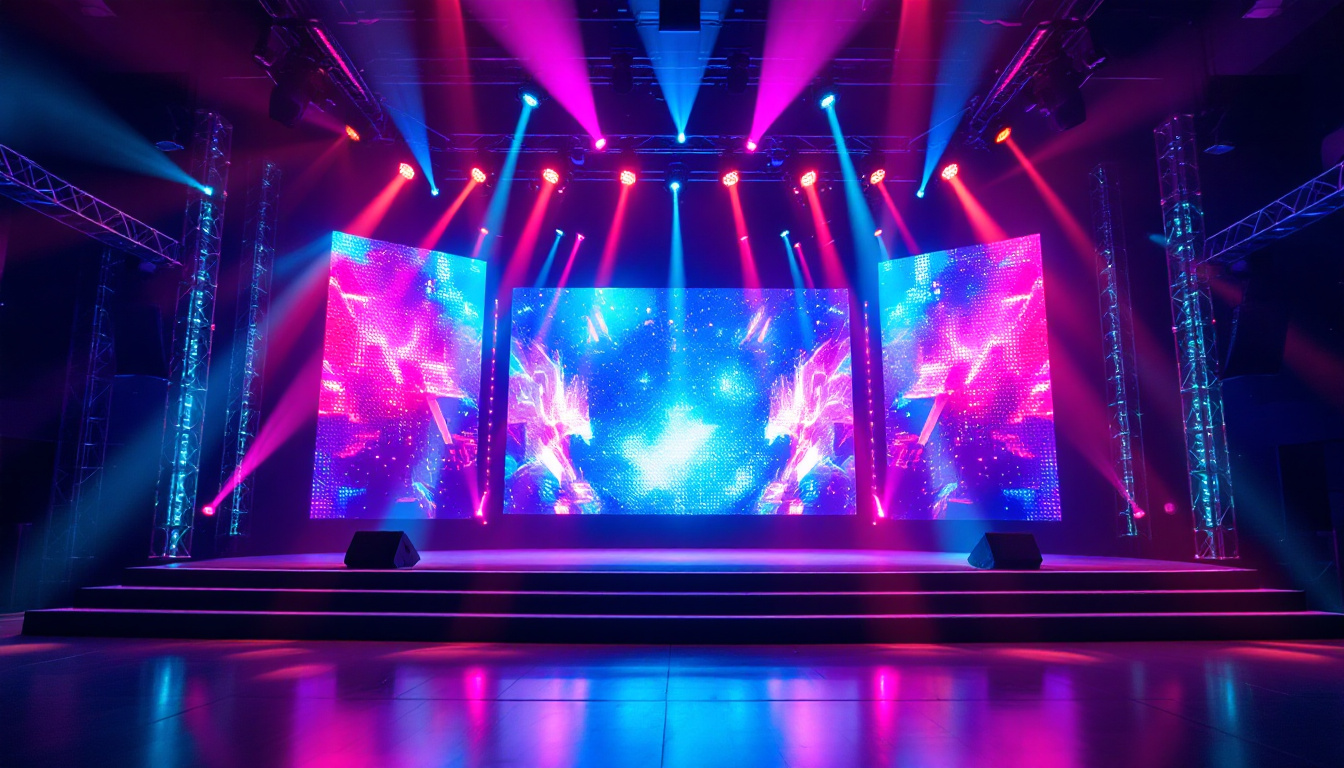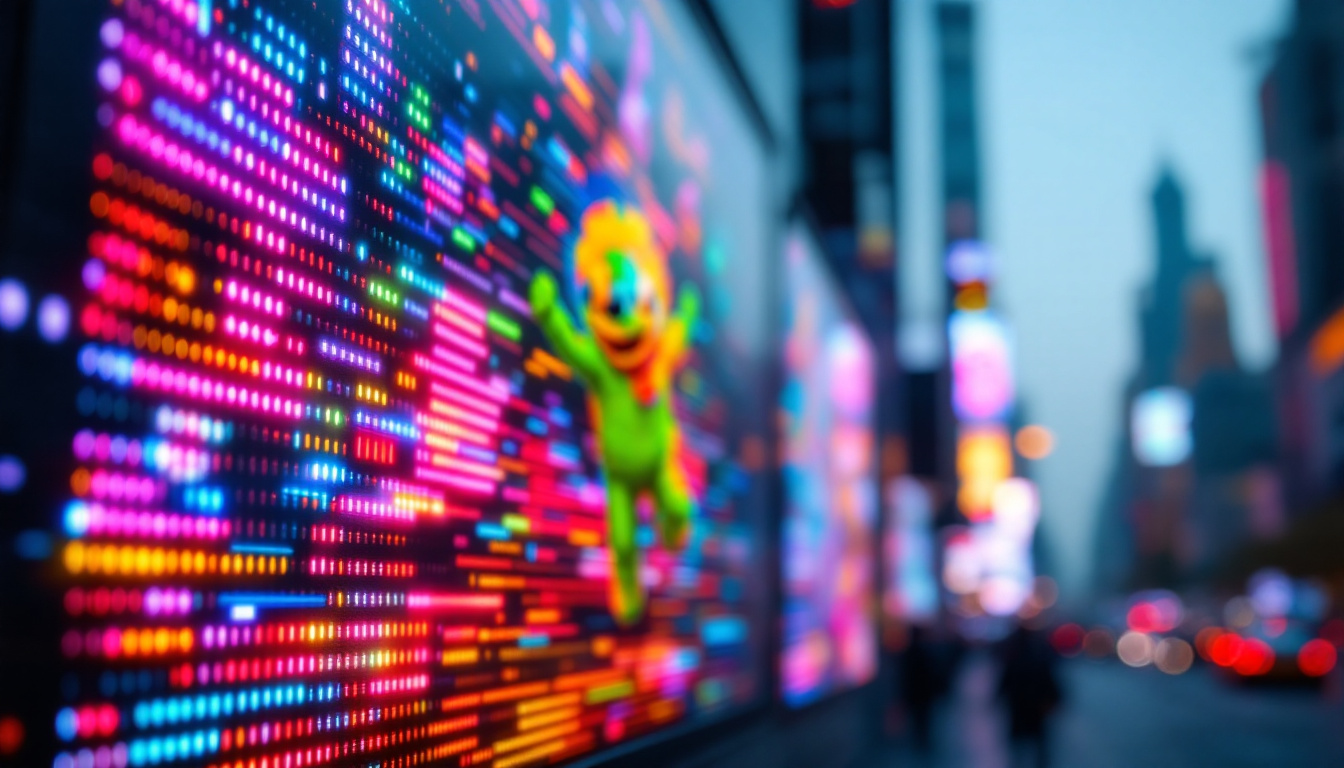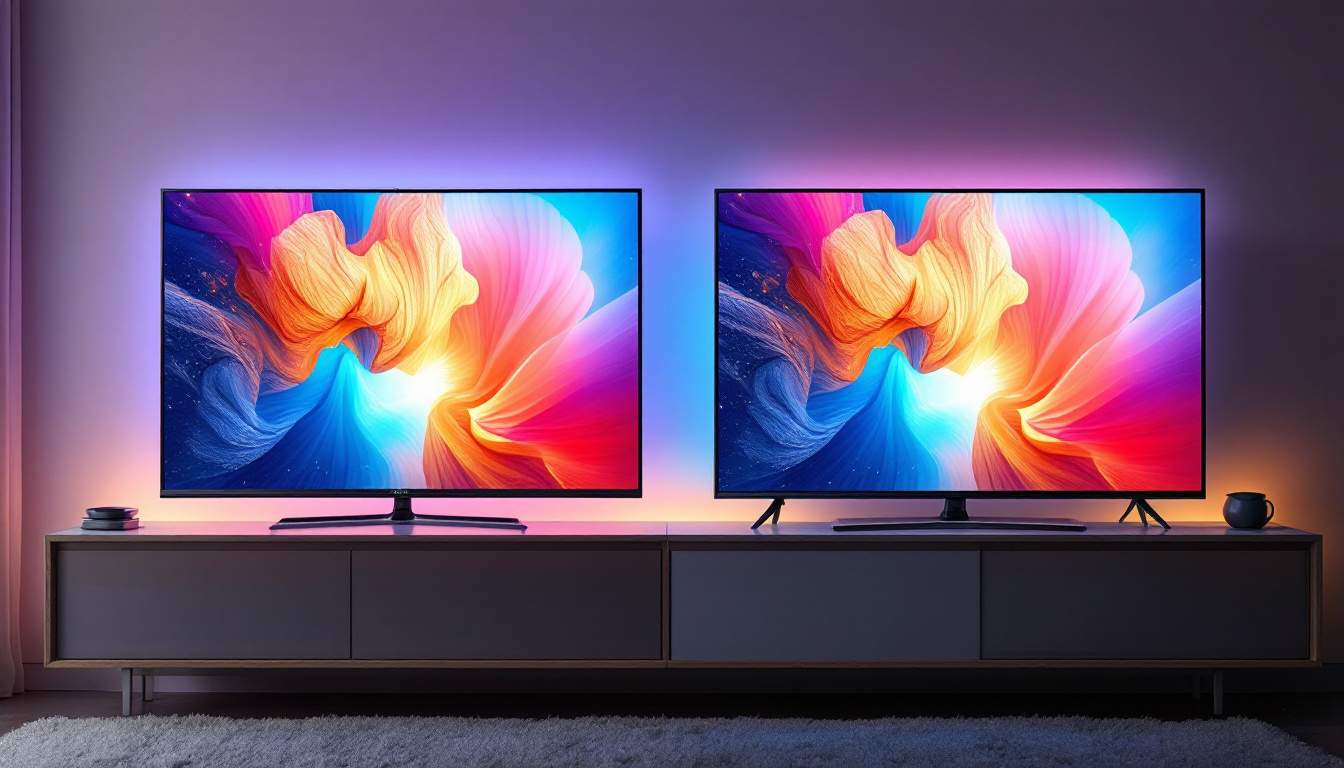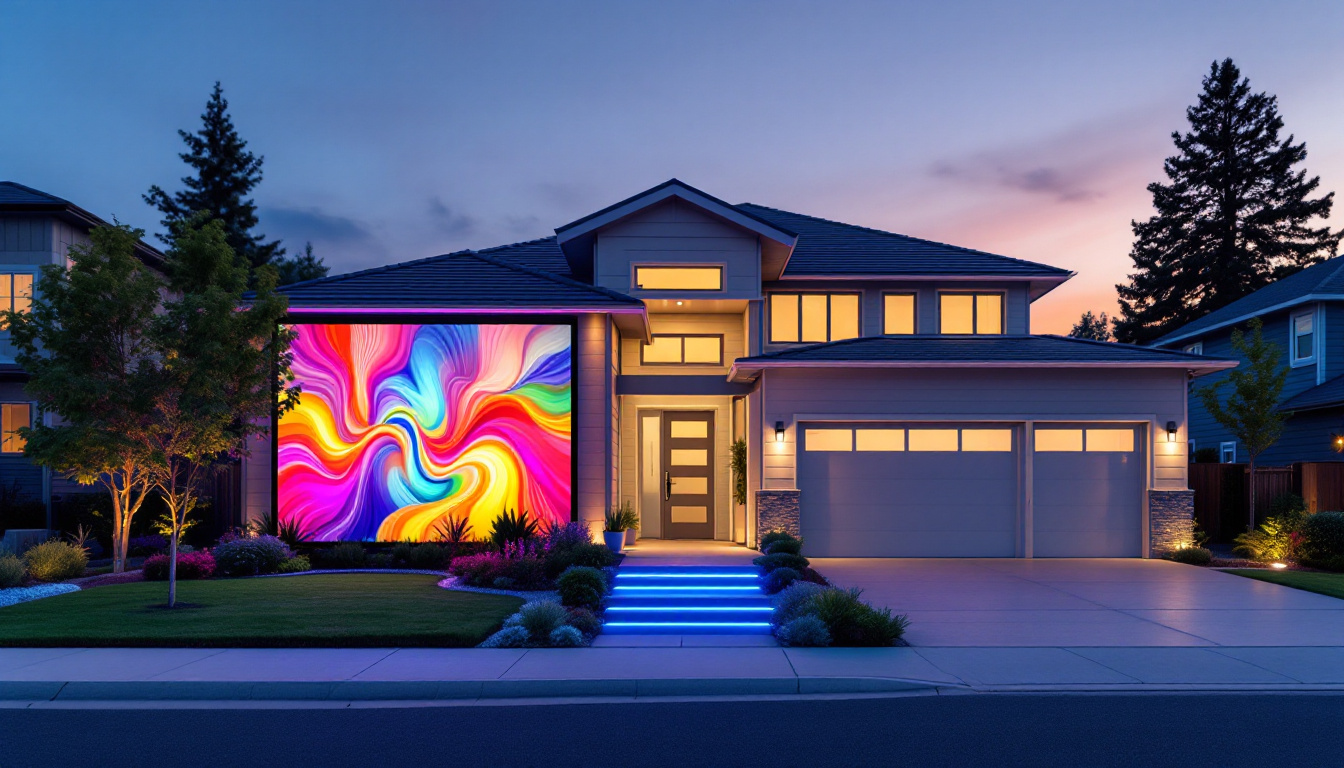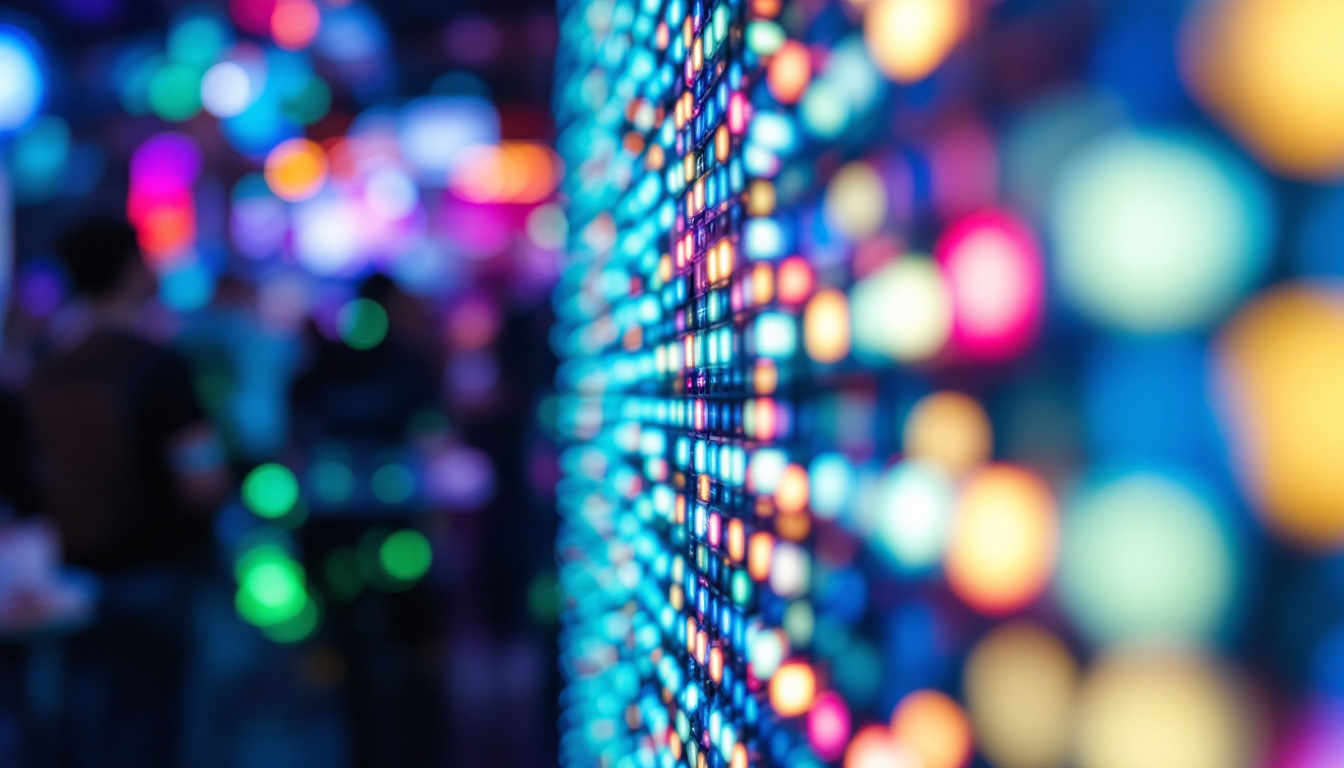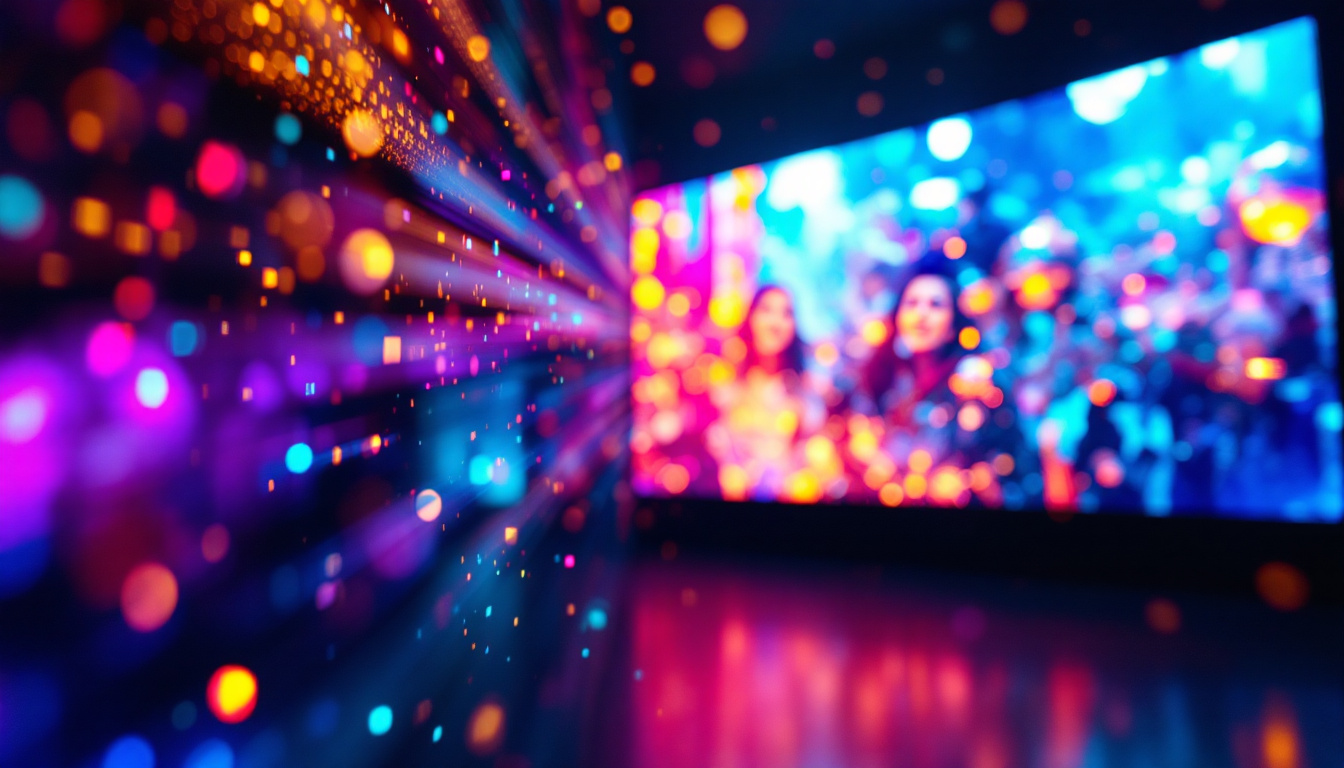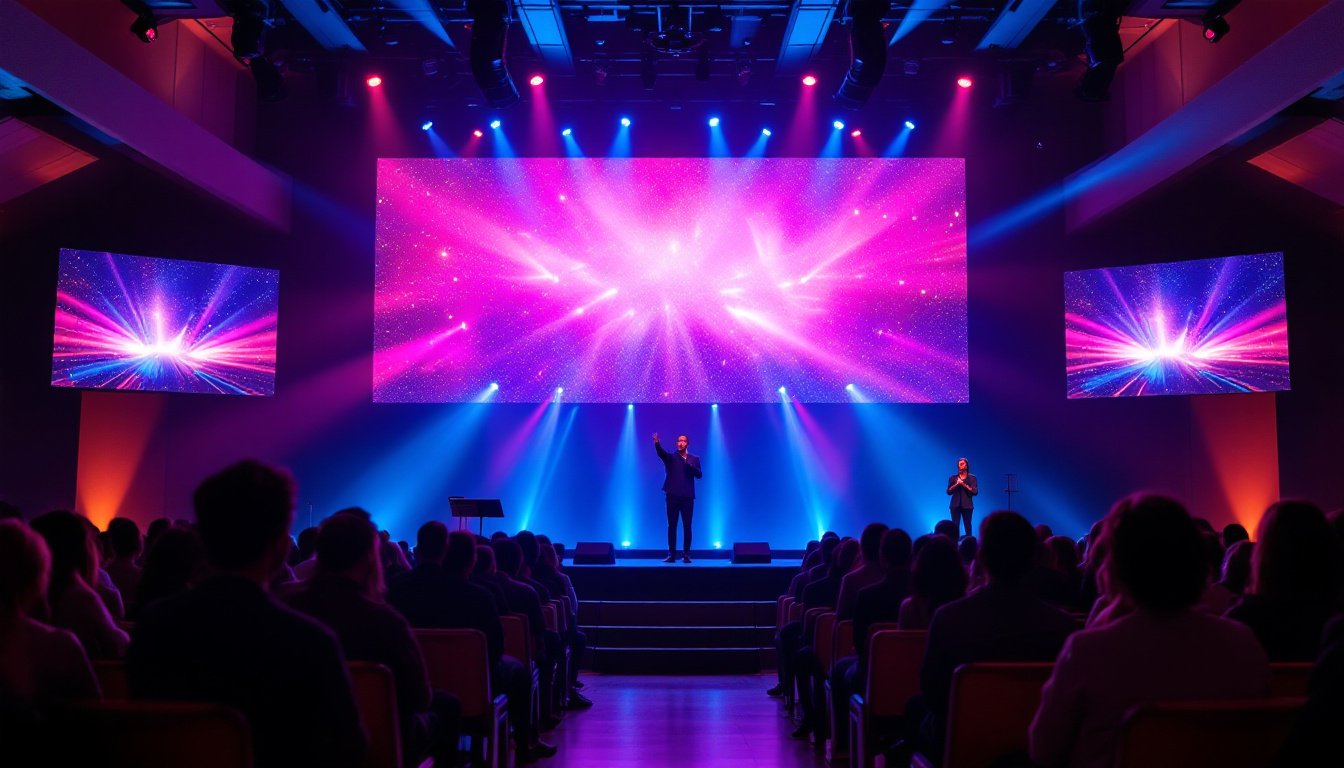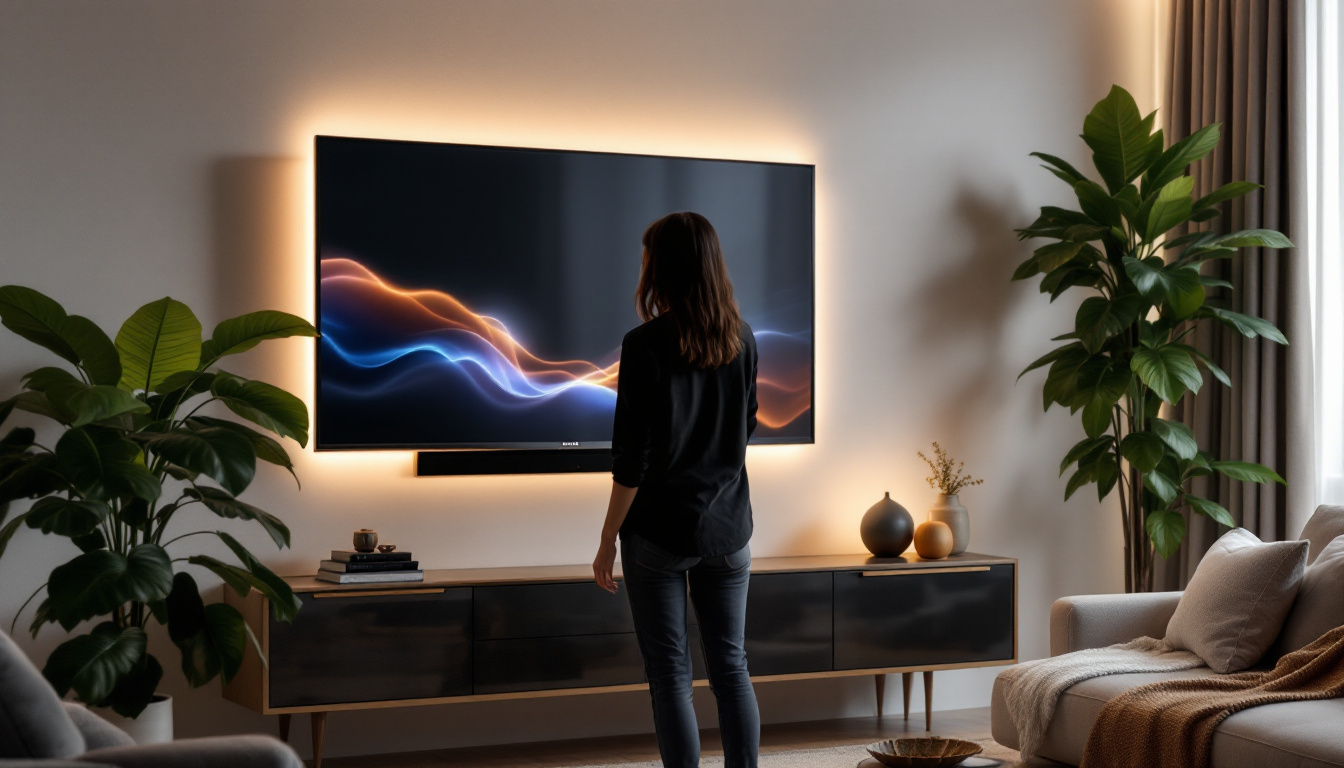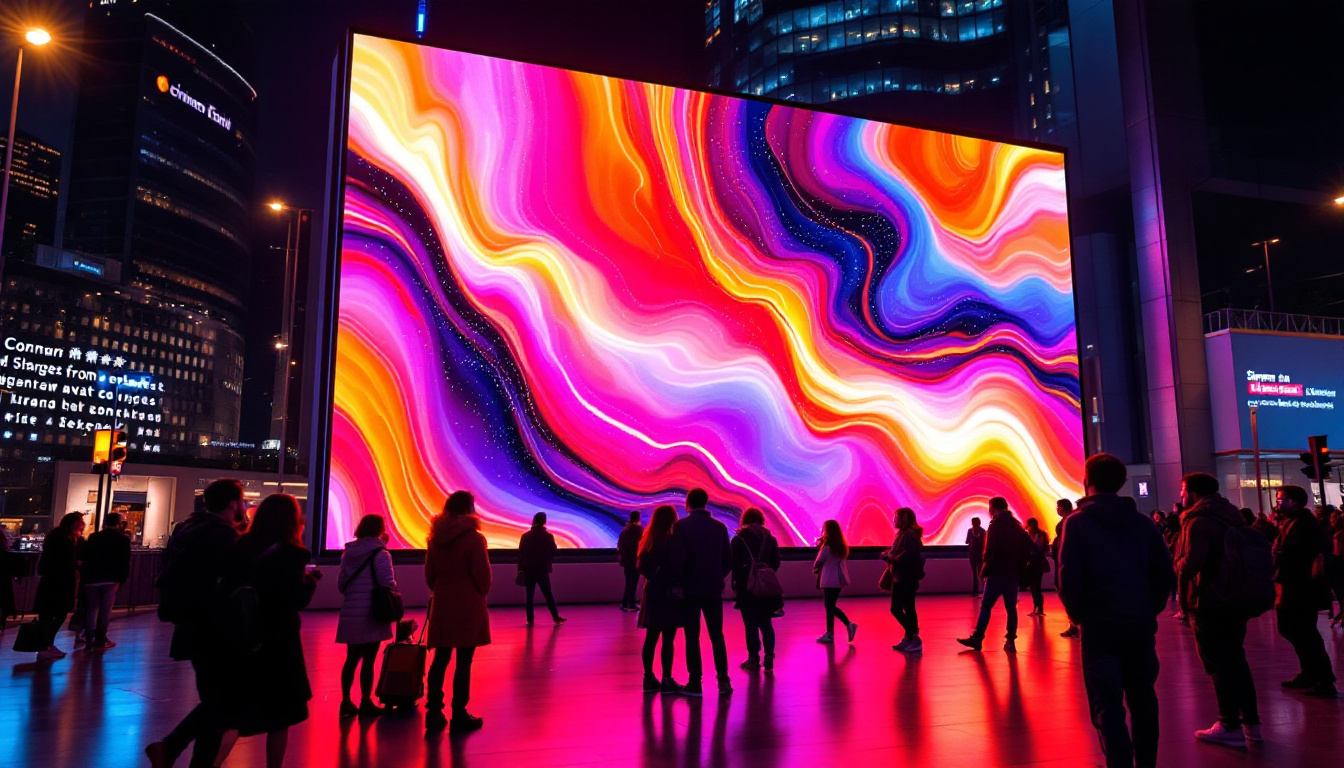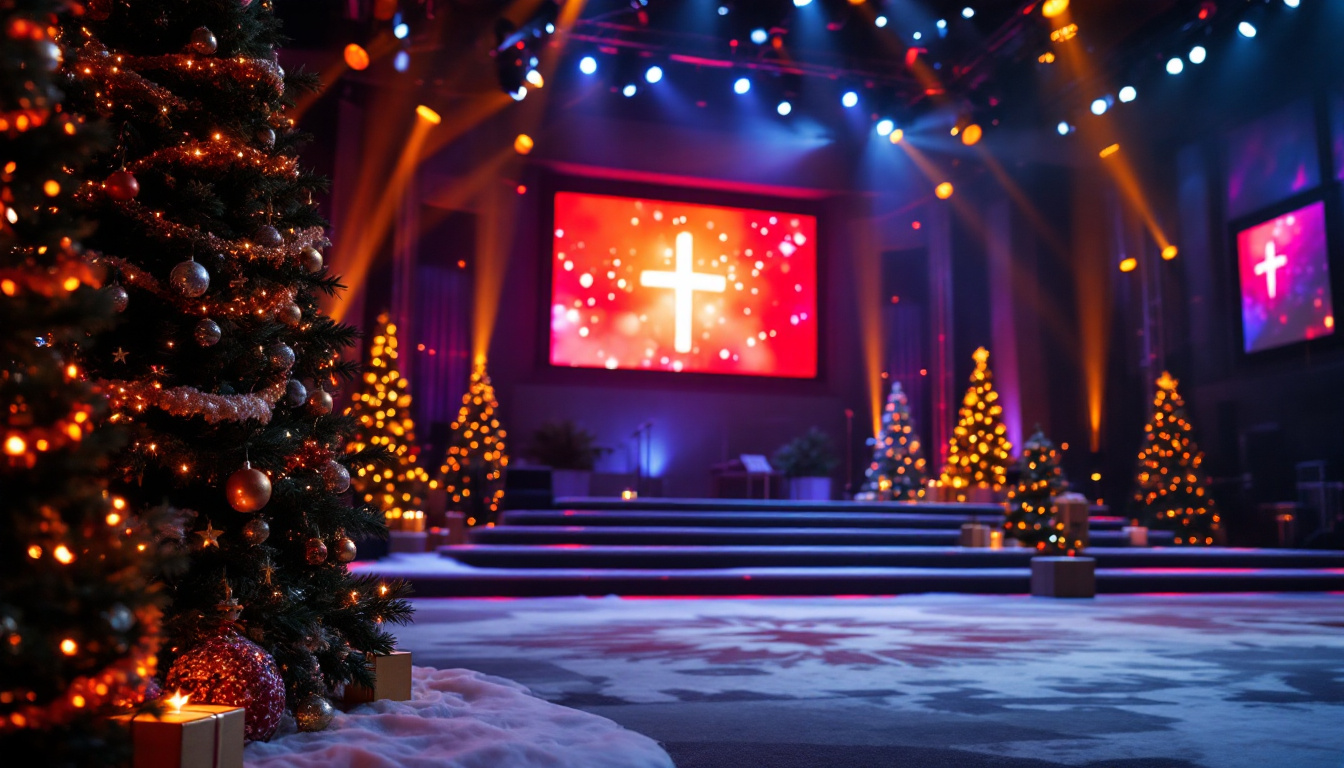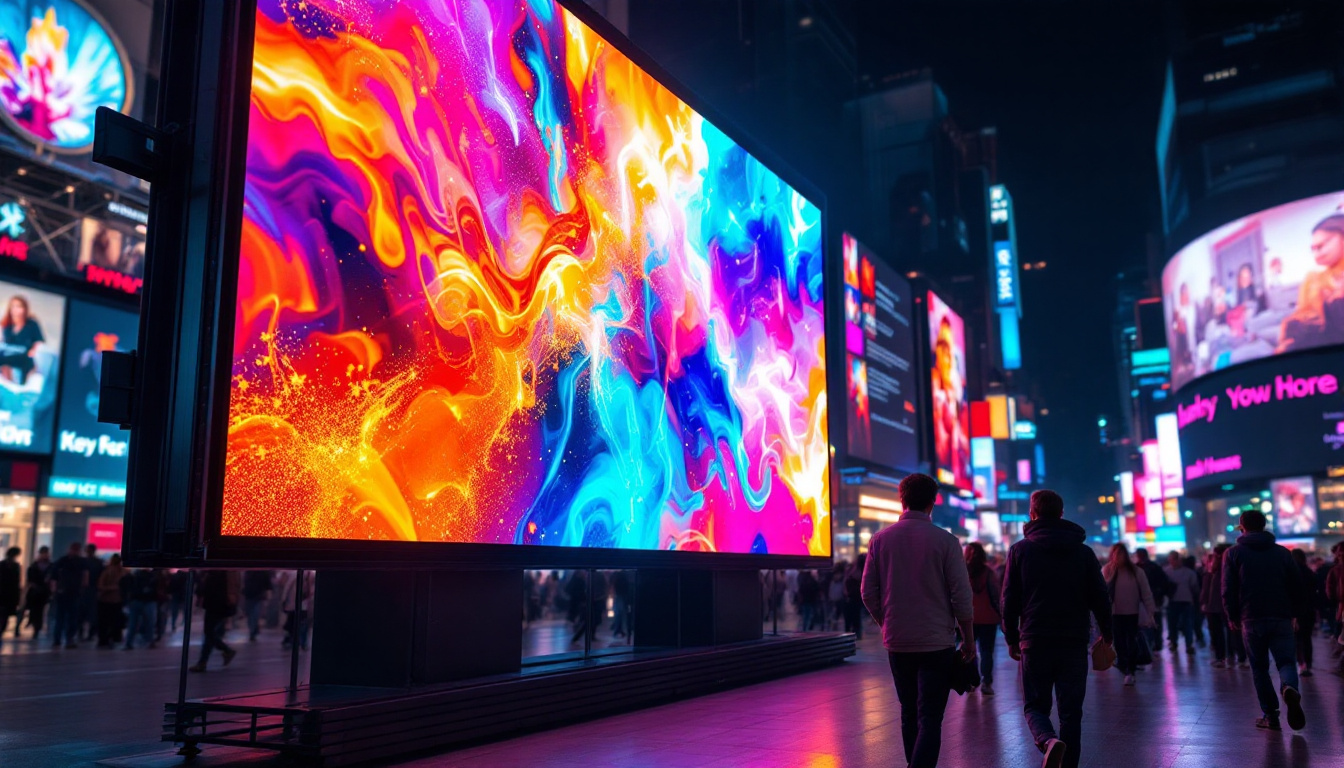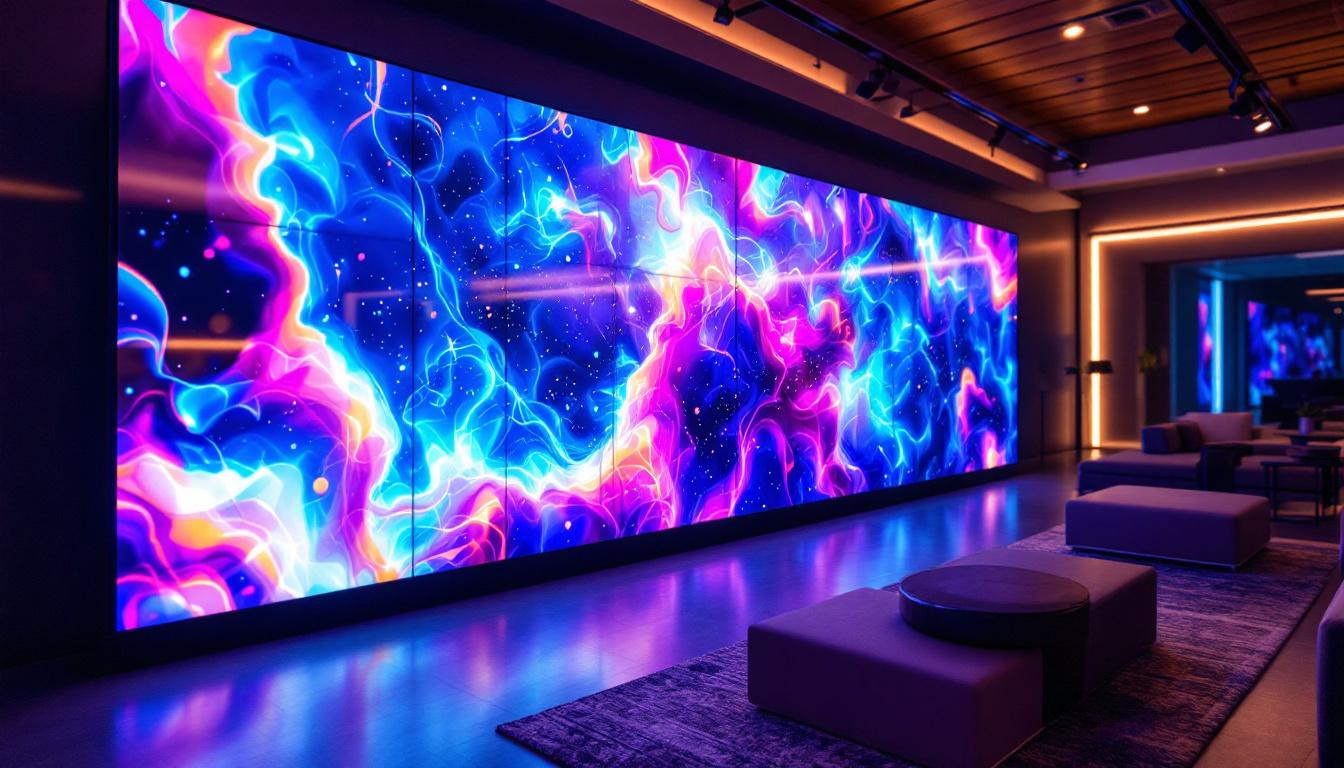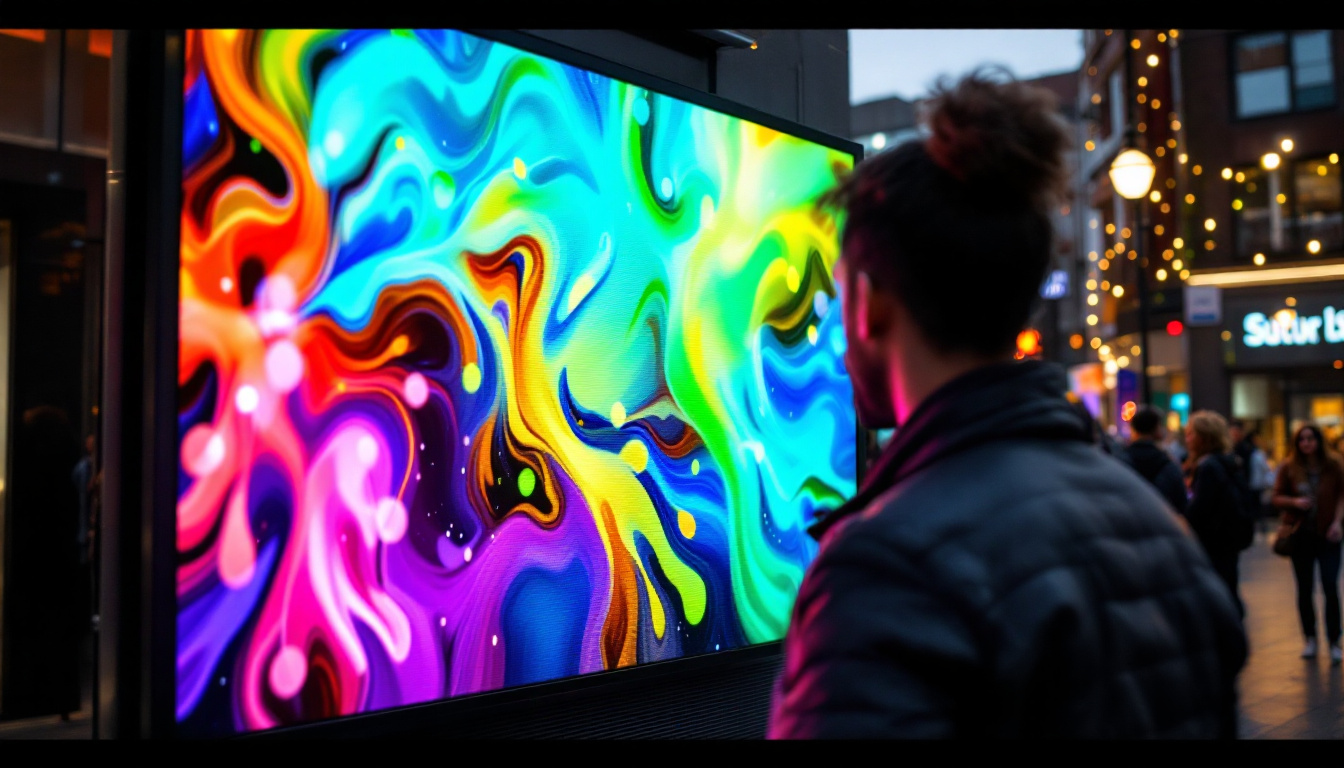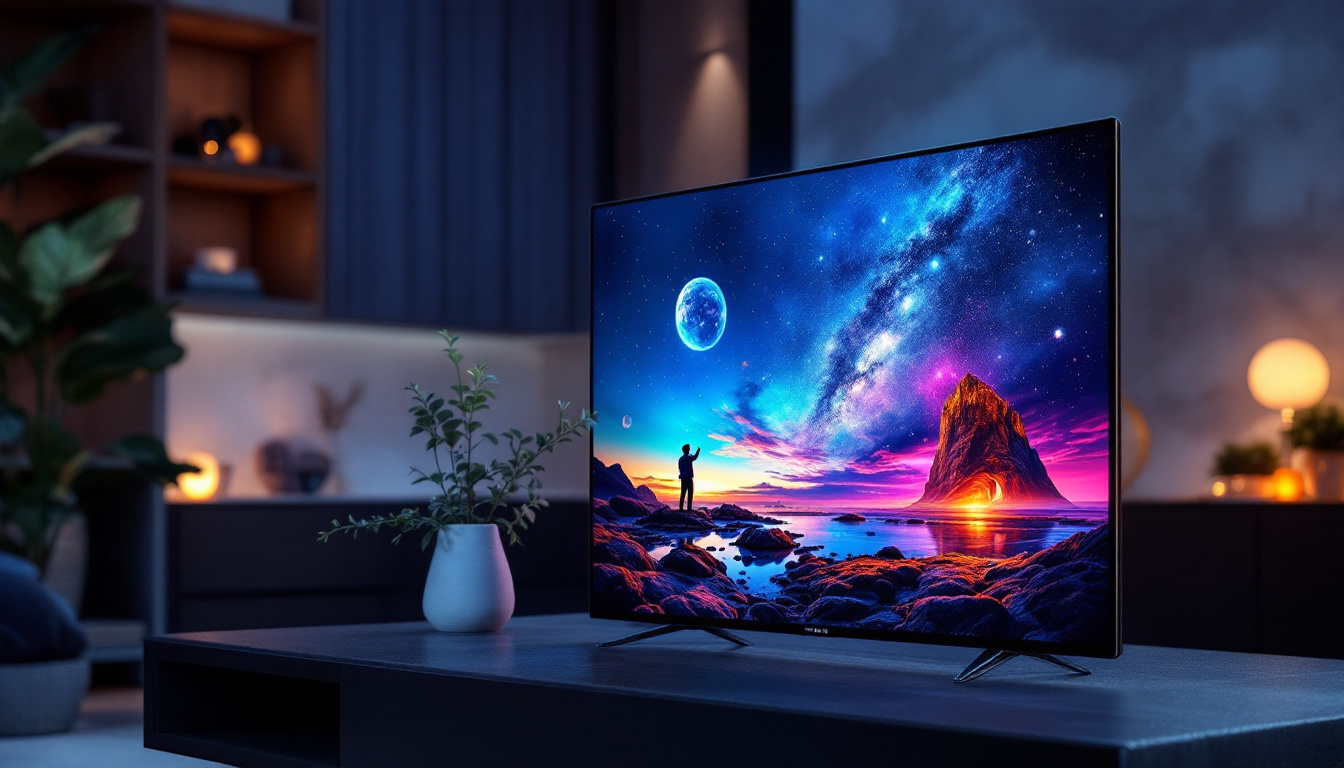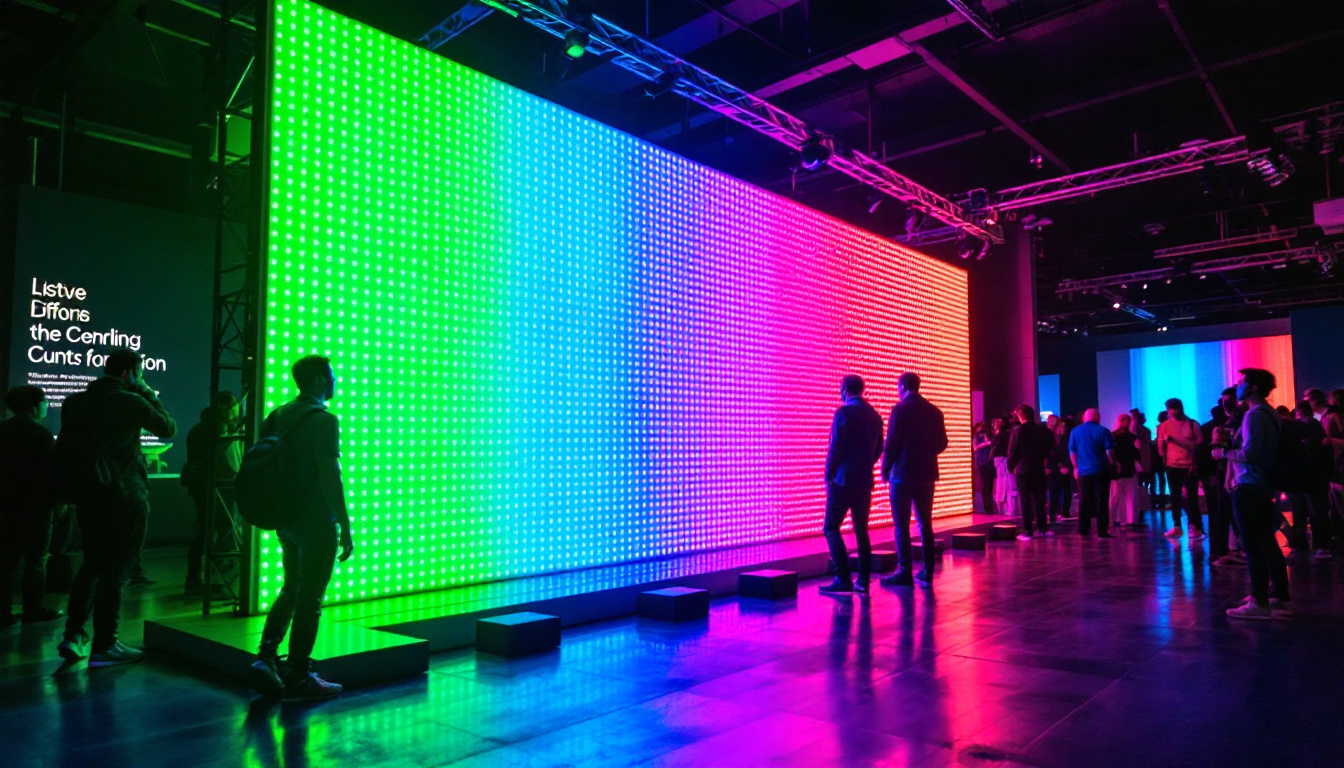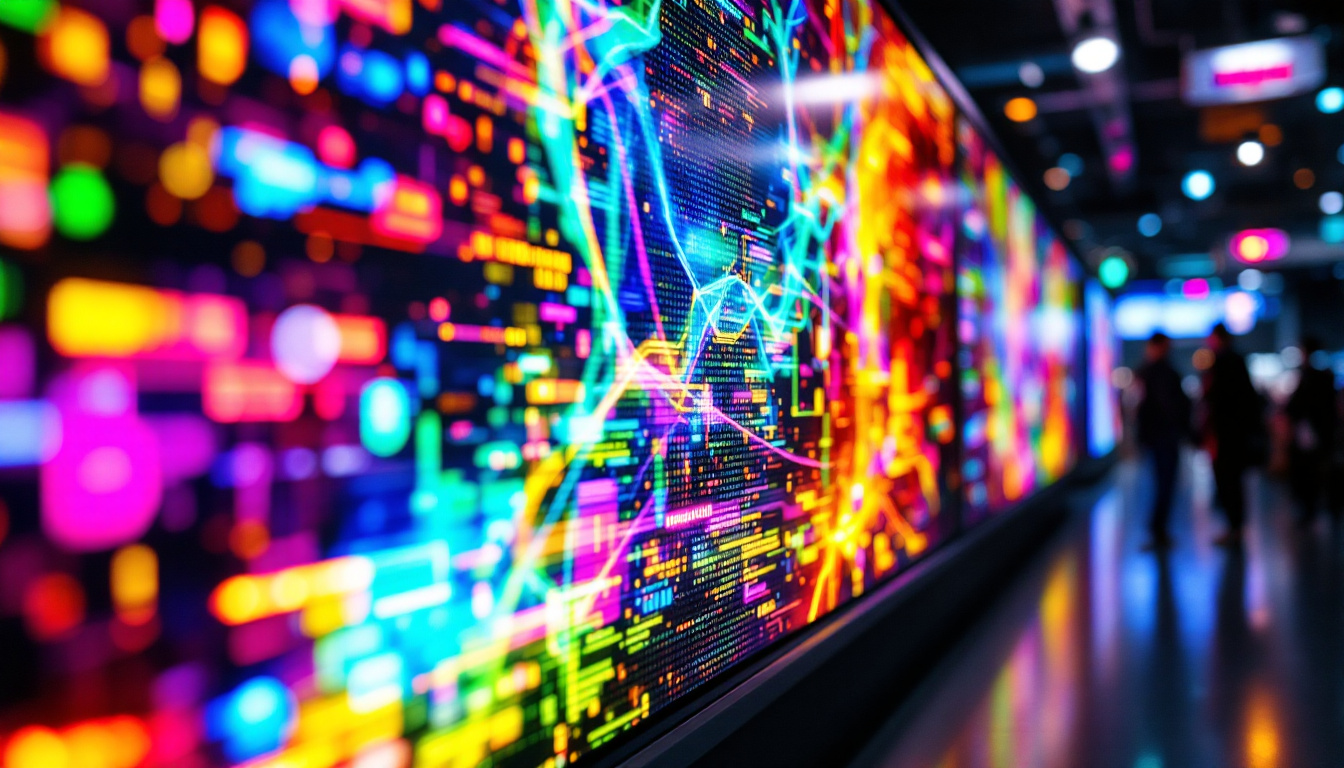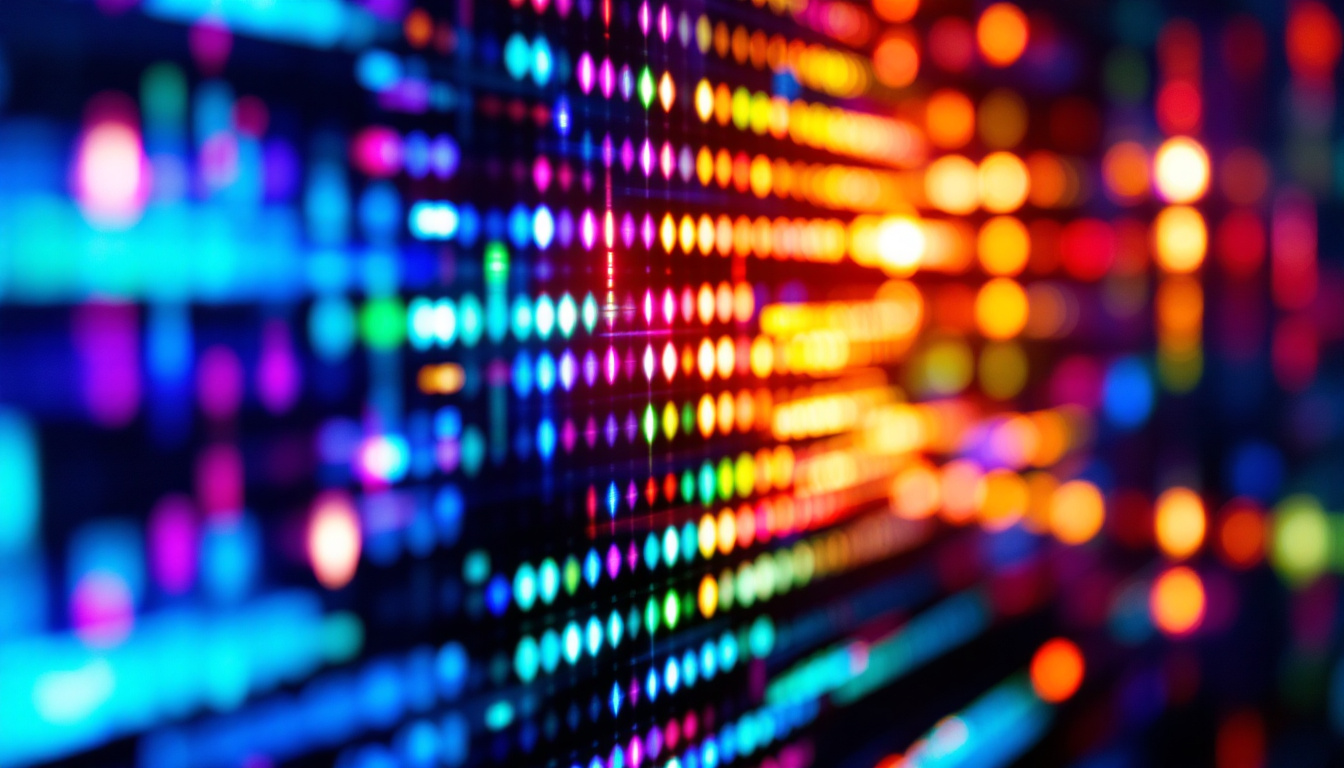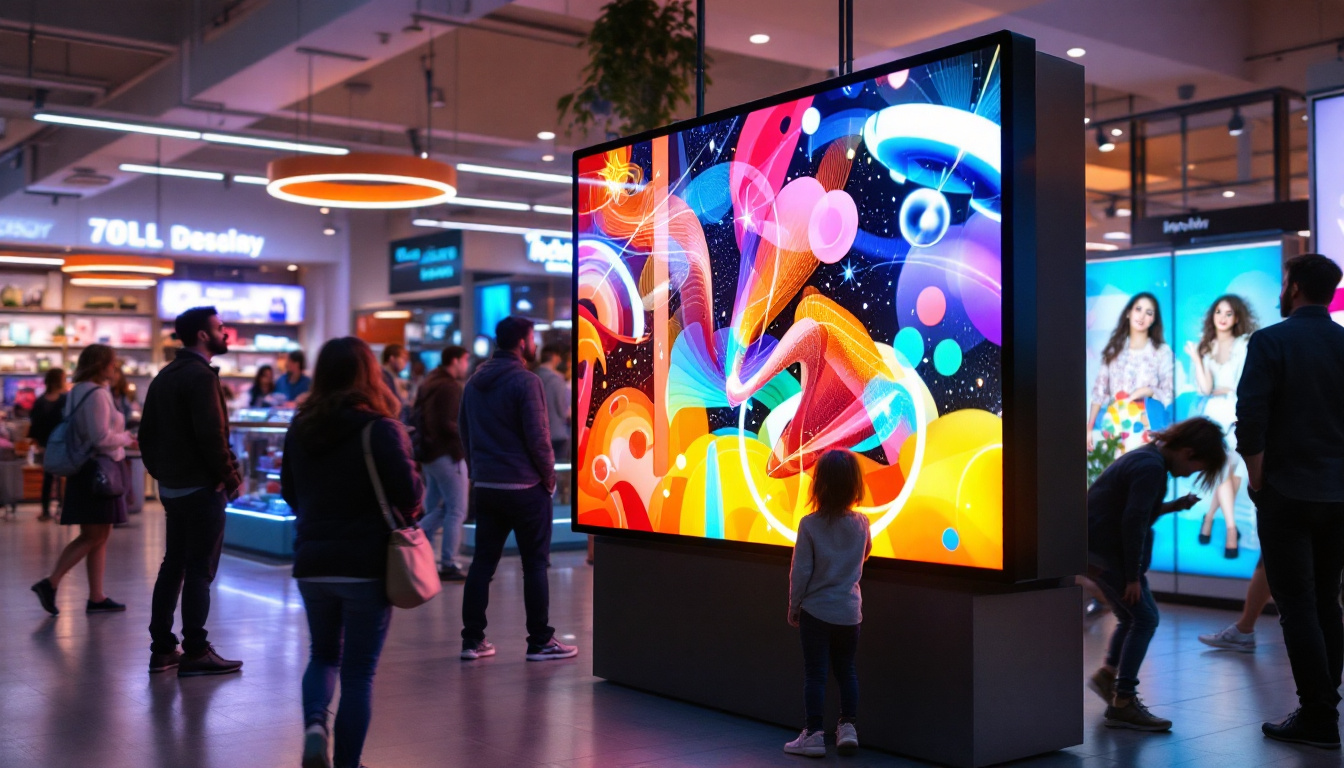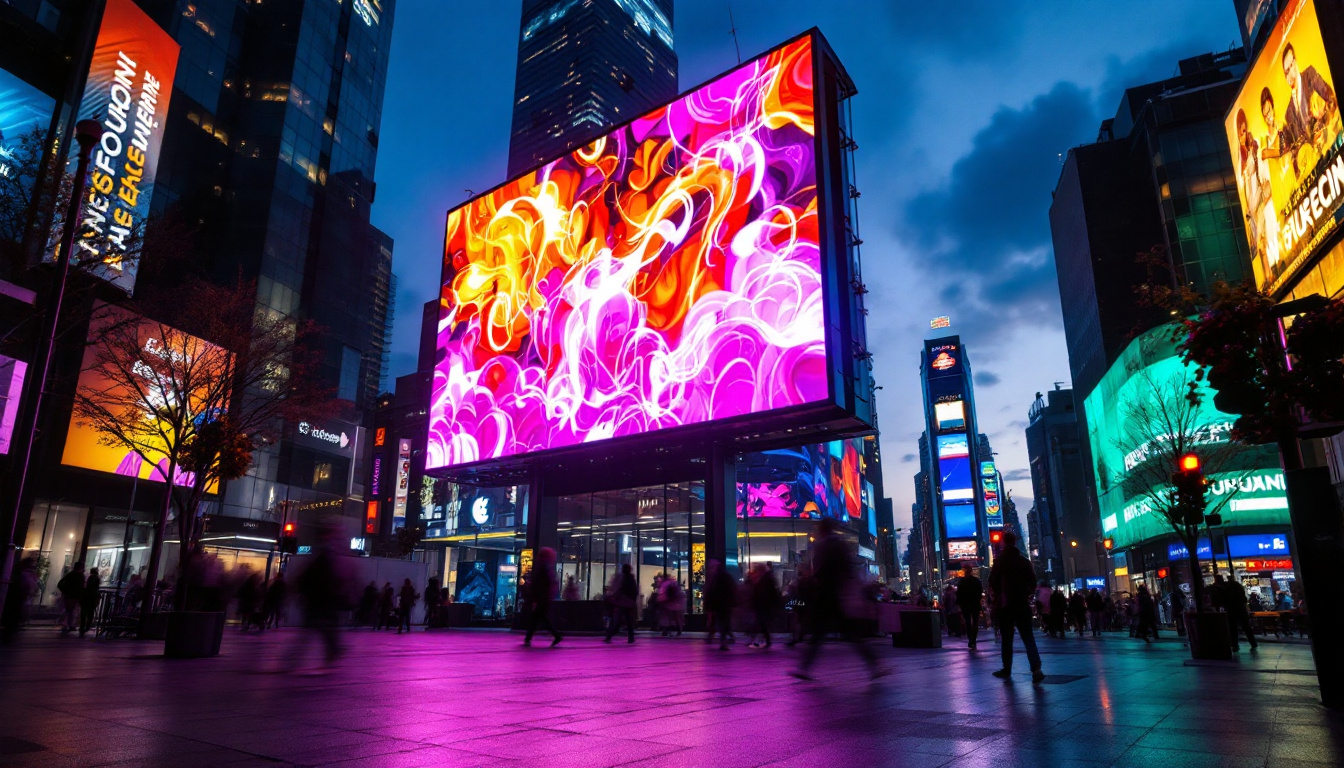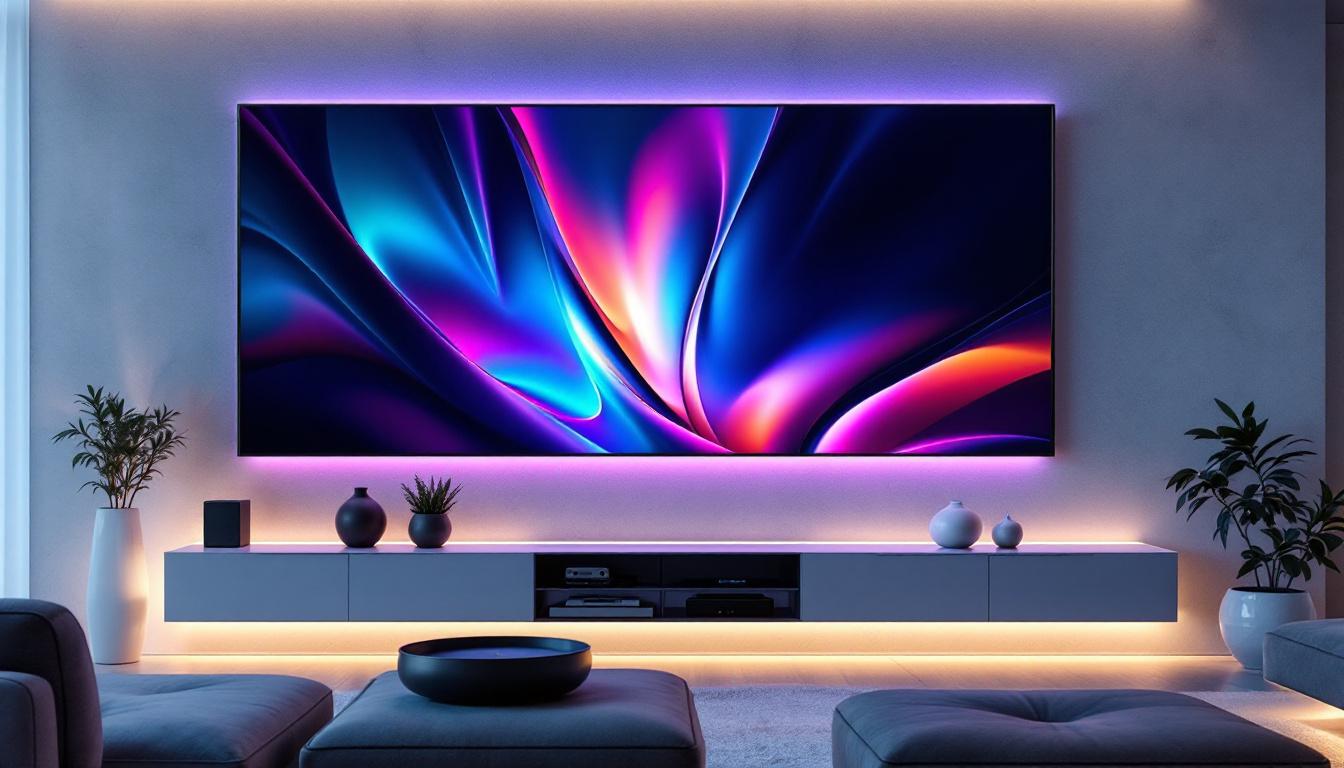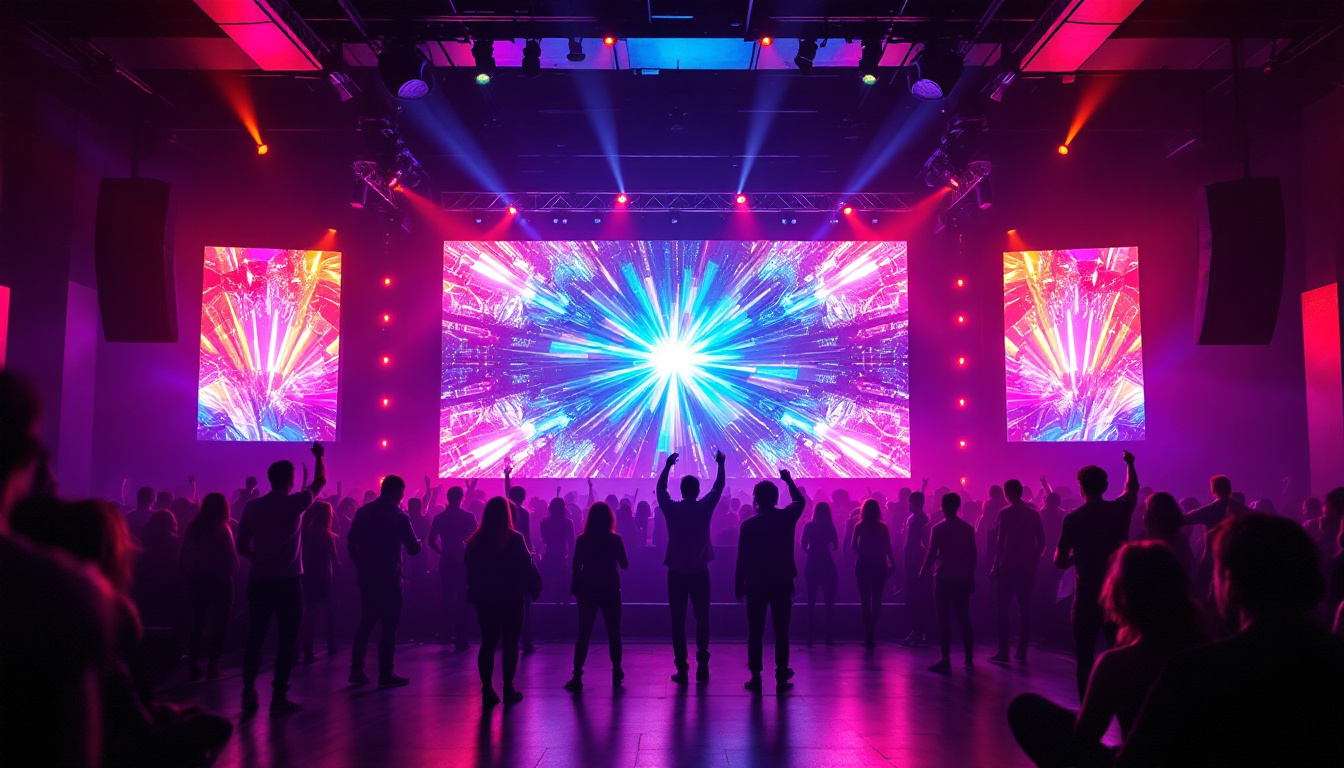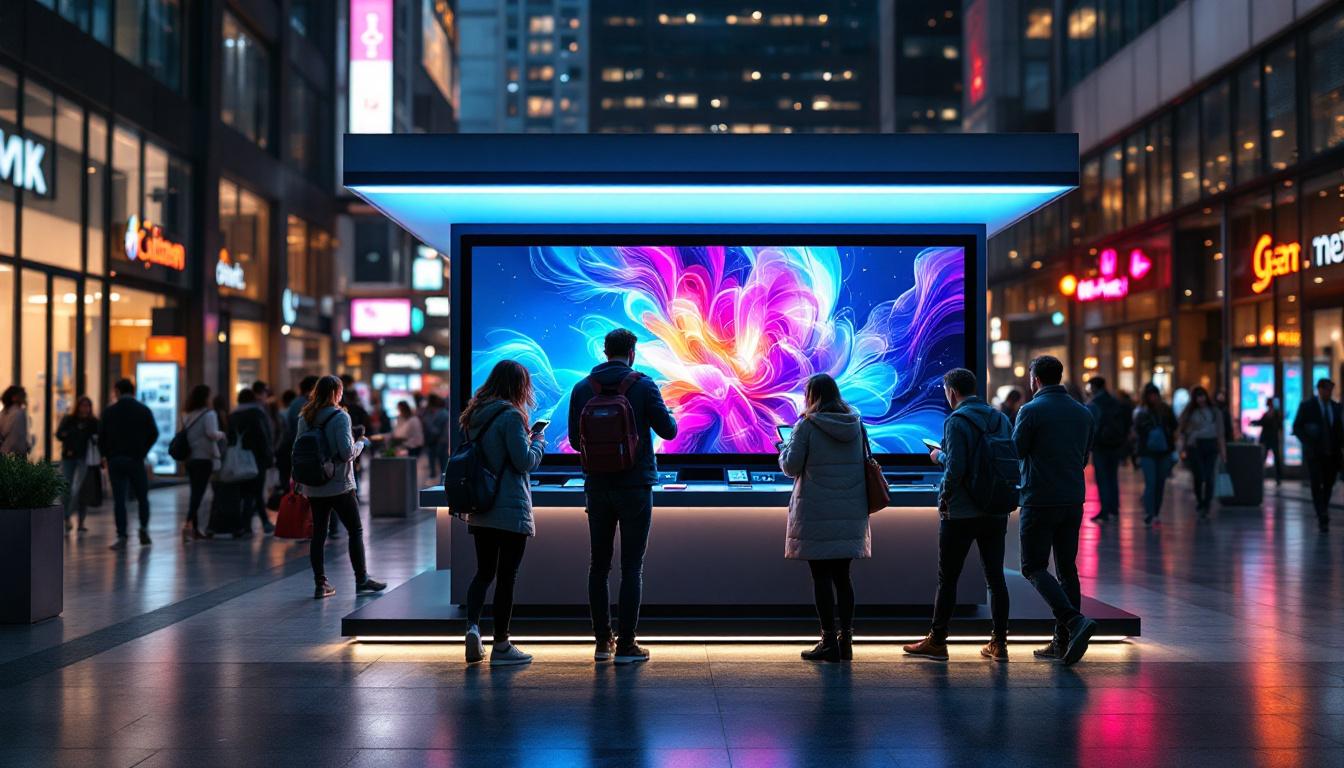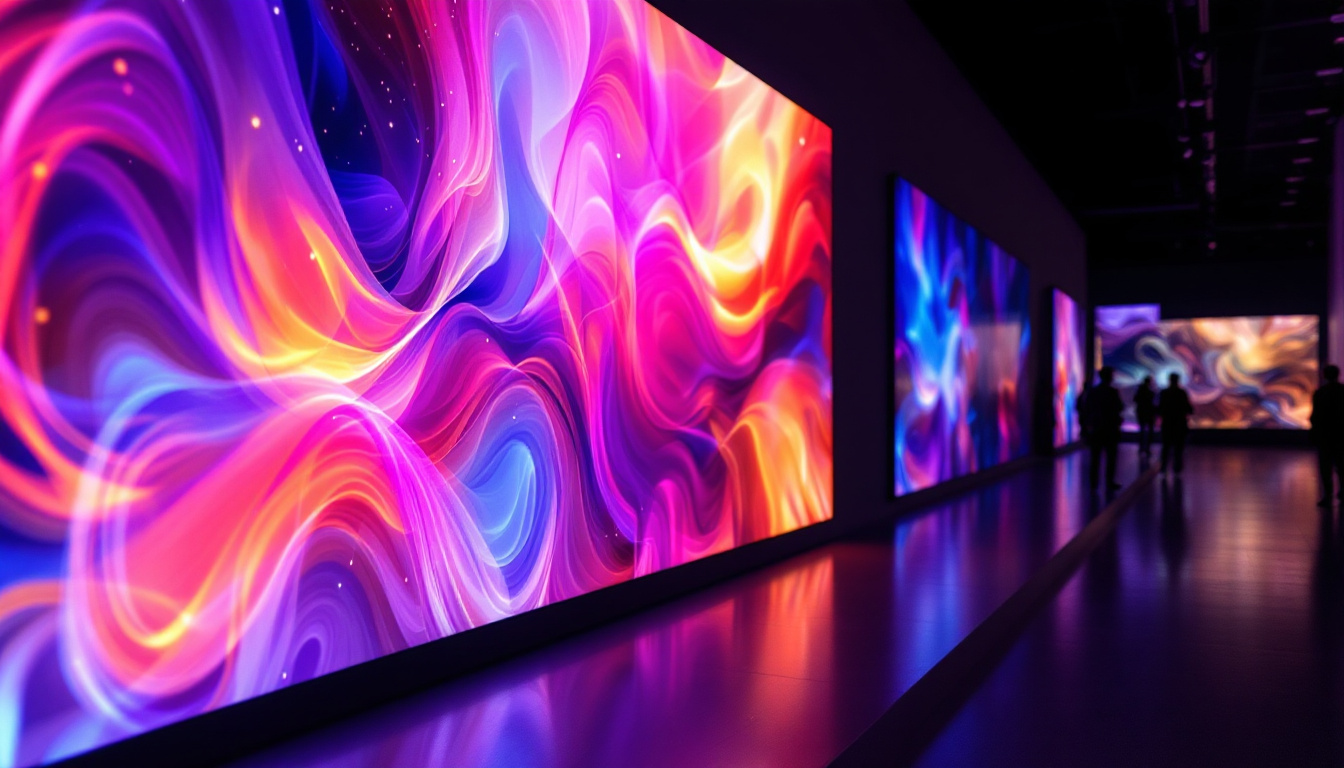In today’s fast-paced digital world, visual communication has become increasingly important. One of the most effective ways to convey information and capture attention is through LED displays. Ledglass is at the forefront of this technology, offering innovative LED display solutions that cater to various industries. This article will delve into what LED displays are, how they work, and the advantages they offer, with a special focus on Ledglass products.
Understanding LED Displays
LED displays, or Light Emitting Diode displays, are electronic devices that use LEDs as their primary light source. These displays are widely used for advertising, information dissemination, and entertainment purposes. The technology has evolved significantly over the years, leading to the development of high-resolution displays that are capable of producing vibrant colors and sharp images. With their increasing popularity, LED displays have become a staple in modern communication, transforming the way information is conveyed in public spaces.
One of the key advantages of LED displays is their ability to operate efficiently in a variety of lighting conditions. This adaptability makes them suitable for both indoor and outdoor environments, allowing for seamless integration into different settings. Furthermore, advancements in LED technology have led to the creation of displays that can be easily customized, enabling businesses to tailor their advertising strategies to better engage their target audiences. As a result, LED displays have not only enhanced visual communication but have also contributed to more interactive and dynamic marketing campaigns.
What Are LEDs?
LEDs, or Light Emitting Diodes, are semiconductor devices that emit light when an electric current passes through them. Unlike traditional incandescent bulbs, which produce light by heating a filament, LEDs are more energy-efficient and have a longer lifespan. This efficiency makes them ideal for use in displays, where brightness and longevity are crucial. Additionally, LEDs can produce a wide spectrum of colors by adjusting the composition of the semiconductor material, allowing for greater creativity in display design.
The compact size of LEDs also allows for flexible configurations, enabling designers to create unique shapes and arrangements that were previously impossible with conventional lighting. This versatility has led to innovative applications in various fields, from architectural lighting to stage design, where the aesthetic appeal of LED technology can be fully realized. As the demand for energy-efficient solutions continues to grow, the role of LEDs in modern technology is expected to expand even further.
Types of LED Displays
There are several types of LED displays, each designed for specific applications. The most common types include:
- Indoor LED Displays: These displays are typically used in shopping malls, airports, and conference rooms. They are designed for close viewing and offer high resolution.
- Outdoor LED Displays: Built to withstand various weather conditions, outdoor displays are often used for billboards and large advertisements. They are brighter than indoor displays to ensure visibility in sunlight.
- Transparent LED Displays: These innovative displays allow viewers to see through them while still displaying images or videos. They are often used in retail settings to create eye-catching displays without obstructing views.
In addition to these common types, there are also specialized LED displays designed for specific industries. For instance, sports venues often utilize LED scoreboards that not only display scores but also provide instant replays and advertisements. Similarly, the automotive industry has embraced LED technology for dashboard displays and external lighting, enhancing both functionality and safety. As technology continues to advance, the range of applications for LED displays is likely to expand even further, paving the way for new and exciting innovations in visual communication.
How LED Displays Work
The operation of LED displays relies on a combination of hardware and software components. Understanding these components can provide insight into how these displays produce stunning visuals.
Display Matrix
At the core of an LED display is the display matrix, which consists of multiple LEDs arranged in a grid. Each LED in the matrix can be individually controlled, allowing for precise color and brightness adjustments. This capability is what enables LED displays to create dynamic images and videos.
Control Systems
Control systems are essential for managing the content displayed on LED screens. These systems can be hardware-based or software-based, and they allow users to upload images, videos, and animations. Advanced control systems also enable real-time updates, making it possible to change content on the fly.
Power Supply and Cooling
LED displays require a reliable power supply to function efficiently. Additionally, cooling systems are often integrated to prevent overheating, especially in larger displays. Proper thermal management is crucial to ensure the longevity and performance of the display.
Advantages of LED Displays
LED displays offer numerous advantages over traditional display technologies, making them a popular choice for businesses and organizations. Here are some of the key benefits:
Energy Efficiency
One of the most significant advantages of LED displays is their energy efficiency. LEDs consume less power compared to traditional lighting technologies, which translates to lower electricity bills. This efficiency not only benefits the environment but also helps businesses save on operational costs.
High Brightness and Visibility
LED displays are known for their high brightness levels, which make them easily visible even in direct sunlight. This feature is particularly important for outdoor applications, where visibility can be a challenge. The ability to adjust brightness levels also allows for optimal viewing in various lighting conditions.
Durability and Longevity
LED displays are built to last. They are resistant to shock and vibrations, making them suitable for a range of environments. Additionally, LEDs have a longer lifespan compared to other lighting technologies, often exceeding 50,000 hours of use. This durability reduces maintenance costs and the need for frequent replacements.
Applications of LED Displays
LED displays are versatile and can be used in a variety of settings. Their adaptability makes them suitable for numerous applications, including:
Advertising and Marketing
One of the most common uses of LED displays is in advertising and marketing. Businesses utilize these displays to showcase promotions, new products, and brand messages. The vibrant colors and dynamic content capture the attention of potential customers, making LED displays an effective advertising medium.
Events and Entertainment
From concerts to sports events, LED displays play a crucial role in the entertainment industry. They are used for stage backdrops, scoreboards, and information screens, enhancing the overall experience for attendees. The ability to display high-resolution videos and animations adds an extra layer of excitement to events.
Transportation and Wayfinding
LED displays are also employed in transportation hubs like airports and train stations for wayfinding and information dissemination. They provide real-time updates on schedules, delays, and other important information, helping travelers navigate their journeys more efficiently.
Ledglass: Pioneering LED Display Solutions
Ledglass is a leader in the LED display market, known for its cutting-edge technology and innovative solutions. The company specializes in creating high-quality LED displays that cater to various industries, including retail, entertainment, and corporate environments.
Product Range
Ledglass offers a diverse range of products designed to meet the unique needs of their clients. Their offerings include:
- High-Resolution Displays: Perfect for indoor environments where detail and clarity are paramount.
- Outdoor Displays: Built to withstand harsh weather conditions while delivering vibrant visuals.
- Custom Solutions: Tailored displays that meet specific client requirements, whether for unique shapes, sizes, or functionalities.
Innovative Technology
Ledglass is committed to staying at the forefront of LED technology. The company invests in research and development to create displays that not only meet current market demands but also anticipate future trends. Features such as enhanced energy efficiency, improved color accuracy, and advanced control systems are hallmarks of Ledglass products.
Customer Support and Services
In addition to high-quality products, Ledglass prides itself on providing exceptional customer support. Their team of experts is available to assist clients throughout the entire process, from consultation and design to installation and maintenance. This commitment to customer satisfaction sets Ledglass apart in the competitive LED display market.
Challenges and Considerations
While LED displays offer numerous advantages, there are also challenges and considerations that potential buyers should keep in mind. Understanding these factors can help in making informed decisions.
Initial Investment
The initial cost of purchasing and installing an LED display can be significant. However, it is essential to consider the long-term savings associated with energy efficiency and reduced maintenance costs. Many businesses find that the return on investment justifies the upfront expense.
Content Management
Effective content management is crucial for maximizing the impact of LED displays. Businesses must invest time and resources into creating engaging content that resonates with their audience. Additionally, having a reliable control system in place is essential for ensuring seamless updates and changes.
Environmental Considerations
As with any technology, there are environmental considerations associated with LED displays. While they are more energy-efficient than traditional displays, the production and disposal of electronic components can have environmental impacts. Companies like Ledglass are increasingly focusing on sustainable practices to minimize their ecological footprint.
The Future of LED Displays
The future of LED displays looks promising, with advancements in technology paving the way for even more innovative solutions. As industries continue to evolve, the demand for high-quality visual communication will only increase.
Emerging Trends
Several emerging trends are shaping the future of LED displays, including:
- Smart Displays: Integration with IoT technology will enable displays to provide personalized content based on audience behavior and preferences.
- Flexible and Curved Displays: The development of flexible LED technology will allow for creative display designs that can fit unconventional spaces.
- Augmented Reality (AR) Integration: Combining LED displays with AR technology will create immersive experiences for users, enhancing engagement and interaction.
Conclusion
LED displays have transformed the way information is communicated, offering vibrant visuals and dynamic content that capture attention. Ledglass stands out in this competitive market, providing innovative solutions that cater to a variety of needs. As technology continues to advance, the future of LED displays promises even more exciting possibilities, making them an essential tool for businesses and organizations looking to enhance their visual communication strategies.
Understanding the intricacies of LED displays, their advantages, and the potential challenges can empower businesses to make informed decisions. With the right approach, LED displays can serve as a powerful medium for conveying messages, engaging audiences, and driving success.
Explore Cutting-Edge LED Displays with LumenMatrix
Ready to elevate your visual communication strategy with the latest in LED display technology? LumenMatrix is at the forefront of innovation, offering a comprehensive suite of LED display solutions tailored to your unique needs. From captivating Indoor LED Wall Displays to robust Outdoor LED Wall Displays, and from dynamic Vehicle LED Displays to sleek LED Poster Displays, our products are designed to make your brand stand out. Discover the transformative power of LED Sports Displays, interactive Floor LED Displays, and the stunning clarity of LED Transparent Displays. Embrace the future of digital signage with LumenMatrix and create experiences that engage and inspire. Check out LumenMatrix LED Display Solutions today and see your vision come to life.

